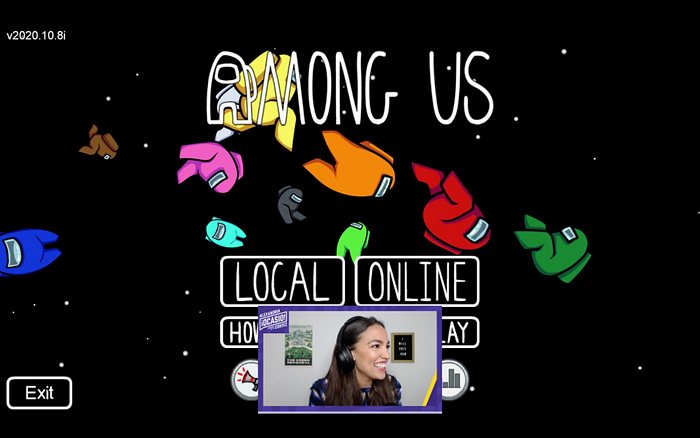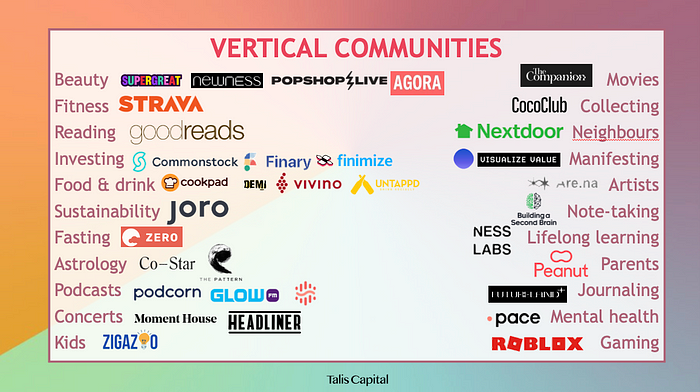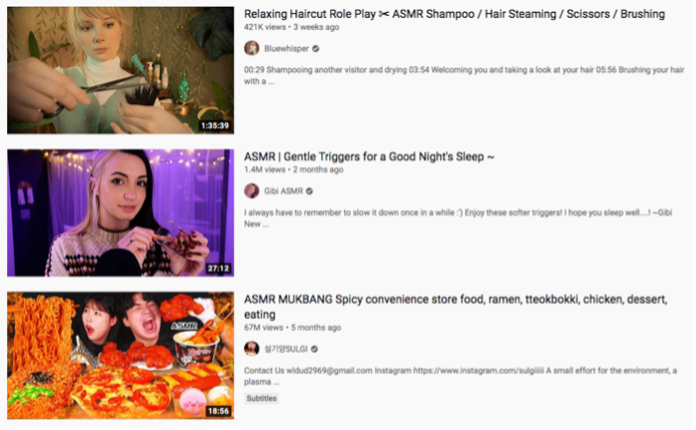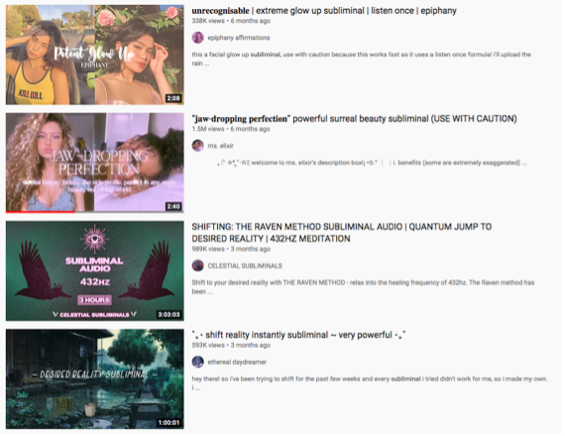
2020 was the year where online communities finally gained as much significance in our lives as offline communities. As people all around the world spent the months of the COVID-19 pandemic confined to the four walls of their apartments, moving constantly between platforms like Discord, Twitch, Slack, and Strava, and games like Animal Crossing and Roblox, virtual communities provided a valuable opportunity for social interaction.

Alexandra Ocasio-Cortes playing Among Us live on Twitch
Virtual communities aren’t new. The early adopters of my generation (young millennials) got to know them in our early teenage years through Netlog, AIM, Bebo, and MySpace, and older generations later cottoned on to the likes of Facebook, Twitter, and Instagram. Virtual communities have been a part of my life since I was a teenager, but they’ve undeniably come to play a much more significant role in our lives. I see two main drivers for this:
1. The oldest Gen Zers are now young adults. Gen Z is the first digitally-native generation and they came to use social media much earlier in their lives compared to their predecessors. They were, essentially, fully internet-proficient as children. They’re the right generation to pioneer the new growth in virtual communities as they’re the first generation to intuitively blur the lines between online and offline.
2. The COVID-19 pandemic. During the pandemic, virtual communities and spaces offered people the opportunity to connect with something bigger than themselves, and to find aspects of their most niche interests through technology. Virtual communities have helped to meet people’s social needs, forming a critical component of their social lives where they can be their most genuine selves, and they’ve democratized access to opportunities historically reserved to top tier cities dweller: for example, tech companies are now much more comfortable hiring talent from all over the world as a result of the shift to remote working. COVID has ultimately changed the constraints of the physical world and physical places.
Thanks to these two shifts, we are seeing every virtual platform becoming a social community. The trend of our social lives going from IRL to URL has definitively accelerated in recent years and has allowed people to find solace with like-minded individuals. It’s inevitable that elements of this shift to virtual social lives will be permanent. So, in this article, I’ll be exploring the different places where people socialize online, looking at vertical and horizontal communities, as well as the new social networks.

Companies: Supergreat, Newness, Agora, Popshop, Strava, Pace, Sanctus, Goodreads, Common Stock, Finary, Finimize, Cookpad, [Demi](https://demi.community/#:~:text=DEMI is a platform that,the regulars from your local.), Untappd, Vivino, Joro, ZeroFasters, The Pattern, CoStar, PodCorn, Glow FM, Supercast, Moment House, Headliner, Zigazoo, Roblox, Nextdoor, Visualize Value, Are.na, Building A Second Brain, Ness labs, Peanut, Futureland, Secret Energy,
Vertical communities are, very simply, places where people come together to explore mutual interests and hobbies. Companies in the virtual community space have raised in excess of $1.6bn globally.
These interests can be as mainstream as running or as niche as sourdough bread baking: regardless of the interest, there will inevitably be a community for them somewhere. Look at how many people are into Subliminals on Youtube, for example, or at the growth of ASMR. ASMR wasn’t even a word in 2009 but now has over 13m videos on YouTube. A quick scroll on Reddit helps with legitimizing the weirdest and most niche interests, from Chairs Under Water and People With Bird Heads to the quite mesmerizing Unstirred Paint. It’s highly likely that without the existence of these communities, these interests would never have emerged in the real world.

Chef Martha De Lacey’s subscription-based sourdough community on Instagram — launched during lockdown
There are several trends underlining the boom and growth of vertical communities and vertical social networks. On the consumer side, hobbies and interests — particularly during the pandemic — have gained more significance in people’s lives, and there’s inevitably more time for people to pursue these passions, whether that be interests they already had, or new ones they’ve found in this time. On the creator side, many people have found themselves out of work as a result of lockdown restrictions and so have used this opportunity to finally make the step towards making their hobbies a source of income. We can see this clearly in the boom in the passion and creators’ economy: Substack’s users [doubled](https://www.businessinsider.com/newsletter-platform-substack-sees-number-of-users-double-from-covid-2020-7?r=US&IR=T#:~:text=Substack already has more than,three months of the pandemic.) in the first 3 months of the pandemic alone; Patreon saw a huge rise in signups as the pandemic hit; OnlyFans subscriptions skyrocketed during the pandemic, and Apple Podcasts went from having 550k podcasts on its database in June 2018 to over 1m in April ‘20, and 1.75m in January ‘21. With more niche interests being explored and embraced, and with creators having more time to produce content, a hyper-fertile ground for interest-driven virtual communities has sprouted.
AMSR & Subliminal videos on Youtube


While Reddit, Youtube, and TikTok are a fertile bed for the birth of these niche communities, and while some communities will always remain faithful to these socials, some more established communities need a standalone place on the Internet that is customisable to their needs, and therefore landing on custom-built apps and websites that uniquely cater for them. Astrology offers a clear example: while there are countless subreddits dedicated to astrology, and TikTok’s #astrology videos surpass 11bn views, there is still the need for dedicated community-based apps for consumers that are passionate about astrology and keen to connect with like-minded individuals, such as Co-Star and The Pattern.
